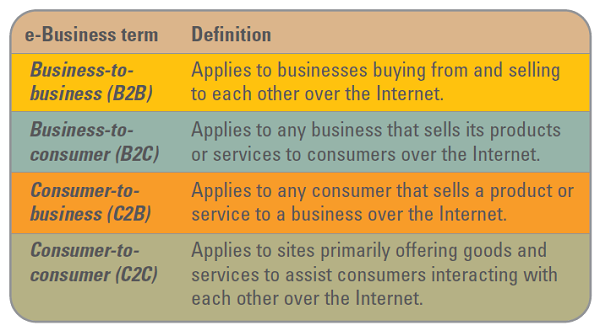(C2) Identifying Competitive Advantages
How to analyze and develop competitive advantages in the industry?
Three common tools - Porter’s Five Forces Model
- Porter’s three generic strategies
- Value chains
1. Porter’s Five Forces Model
Buyer power - HIGH (customers have many choices of whom to buy from)
(as a seller) - LOW (few choices)
How to lower - Loyalty programmes
- Switching cost
Supplier power - HIGH (buyers have few choices of whom to buy from)
(as a supplier) - LOW (buyers have more choices)
Threat of substitute products or services - HIGH (many alternatives to a product or service)
(as a seller) - LOW (less alternatives to choose)
Threat of new entrants - HIGH (easy for new competitors to enter market)
(as a seller) - LOW (there are barriers to enter market)
Rivalry among existing competitors - HIGH (competition is fierce)
(as a seller) - LOW (competition is more complacent)
2. Porter’s three generic strategies
3. Value chains
- views an organization as a series of processes, each of which adds value to the product or service






Comments
Post a Comment